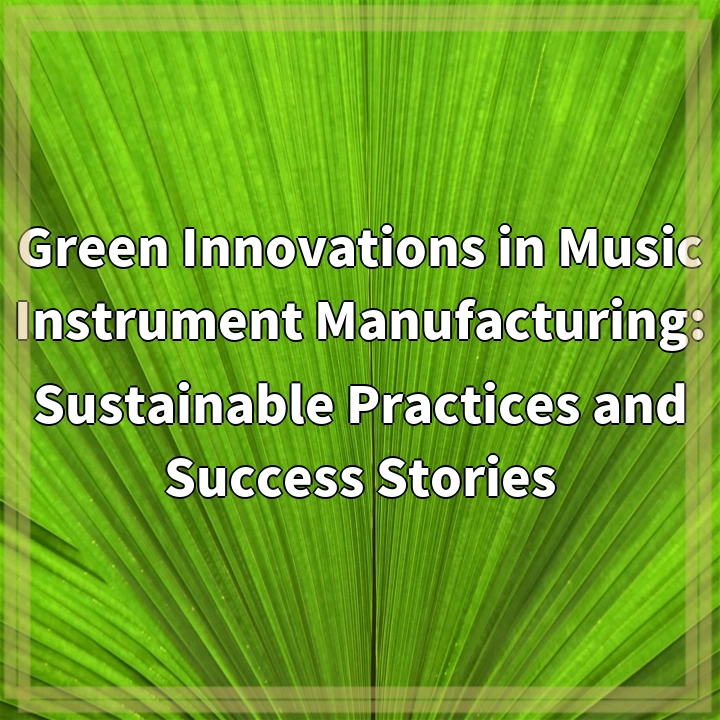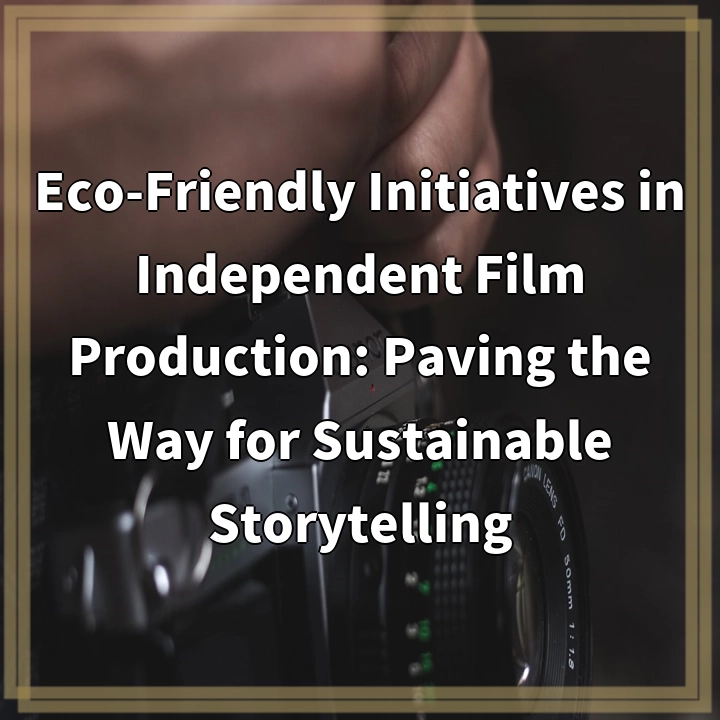Renewable Home Heating: Sustainable Solutions for a Greener Future
What it is: Renewable home heating refers to the use of sustainable and environmentally friendly methods to heat residential spaces. Unlike traditional heating systems that rely on fossil fuels, renewable heating options harness natural resources that are abundant and less harmful to the planet. Common methods include solar heating, biomass boilers, heat pumps …
Renewable Home Heating: Sustainable Solutions for a Greener Future Read More »










